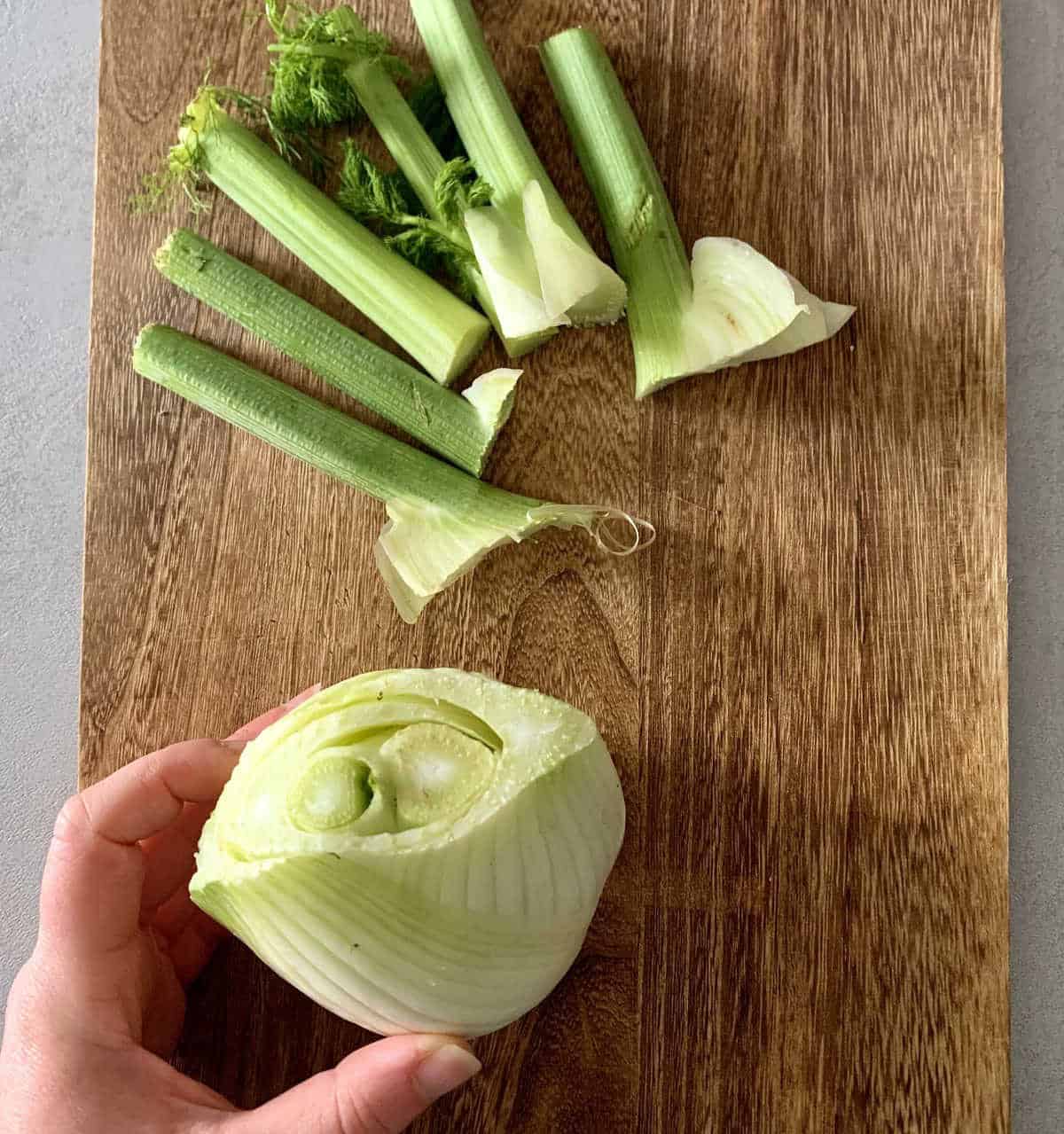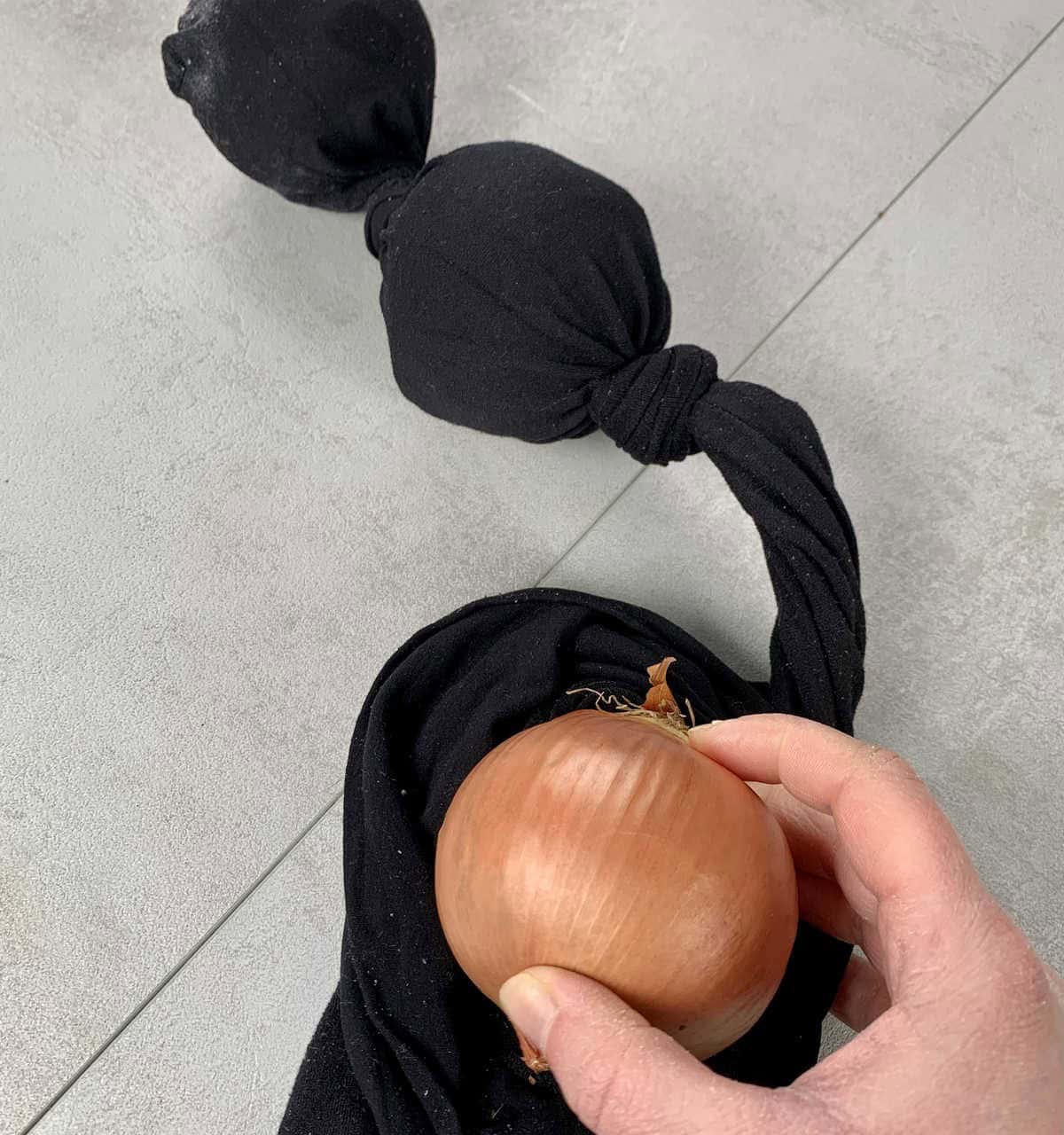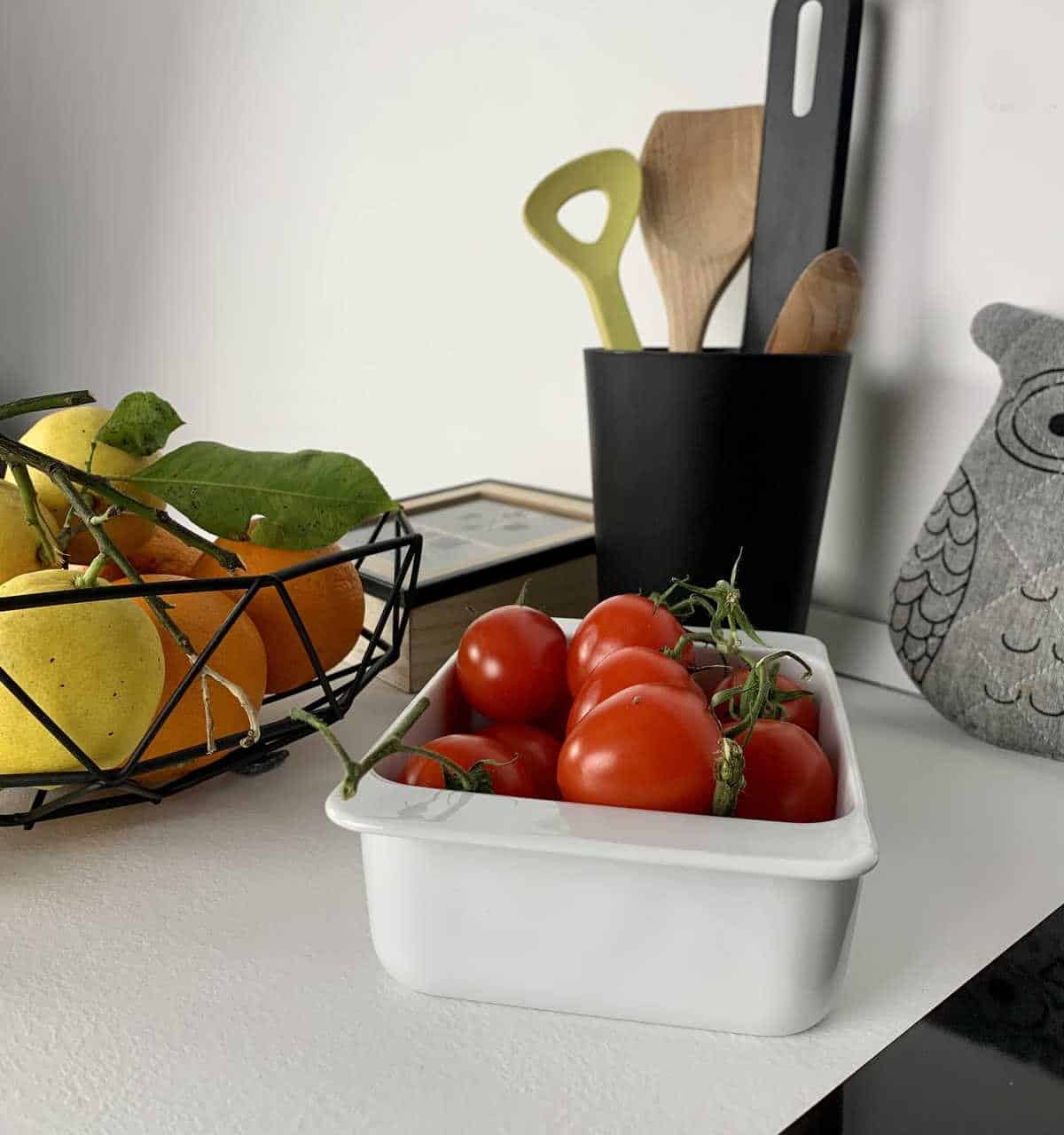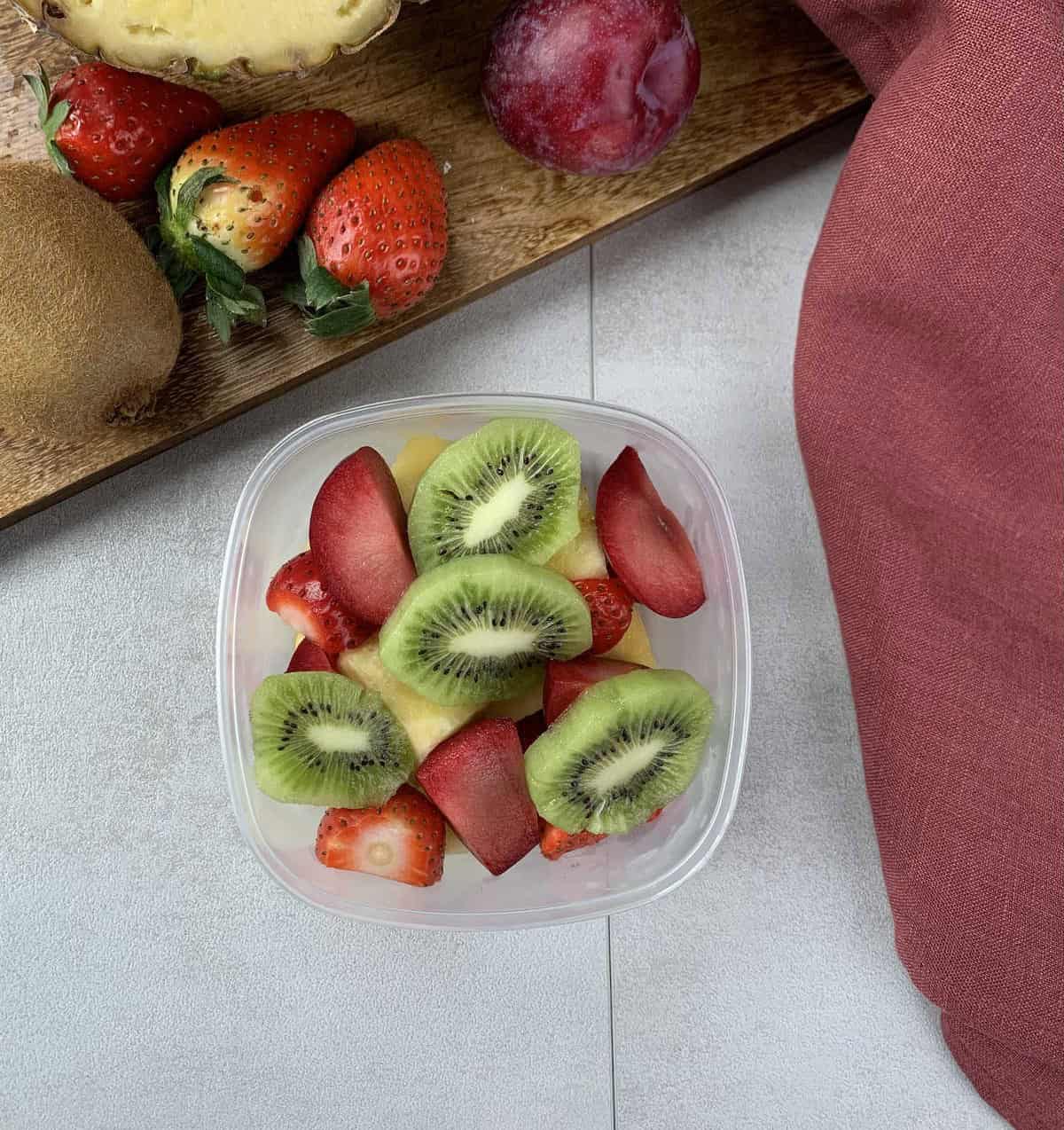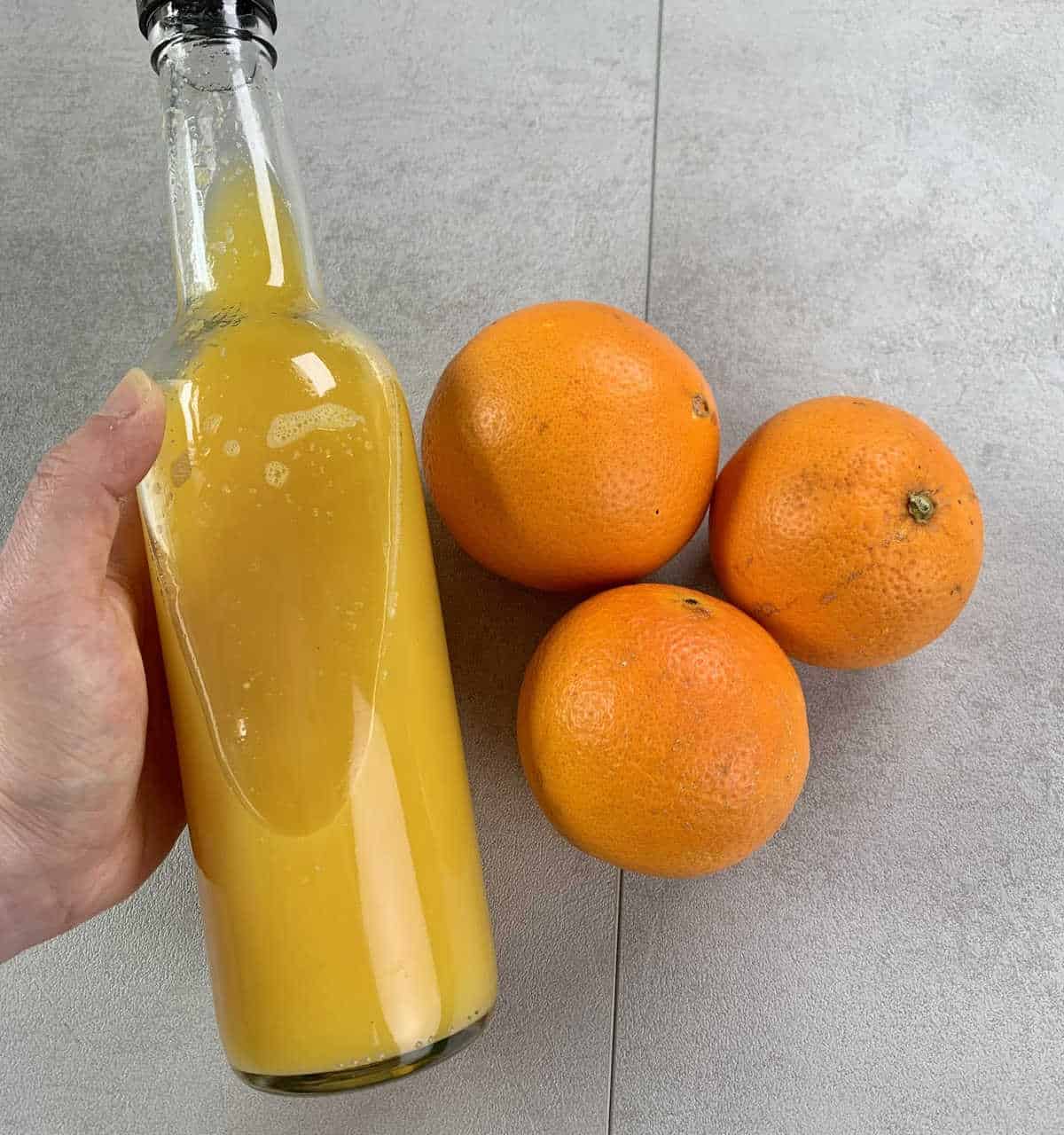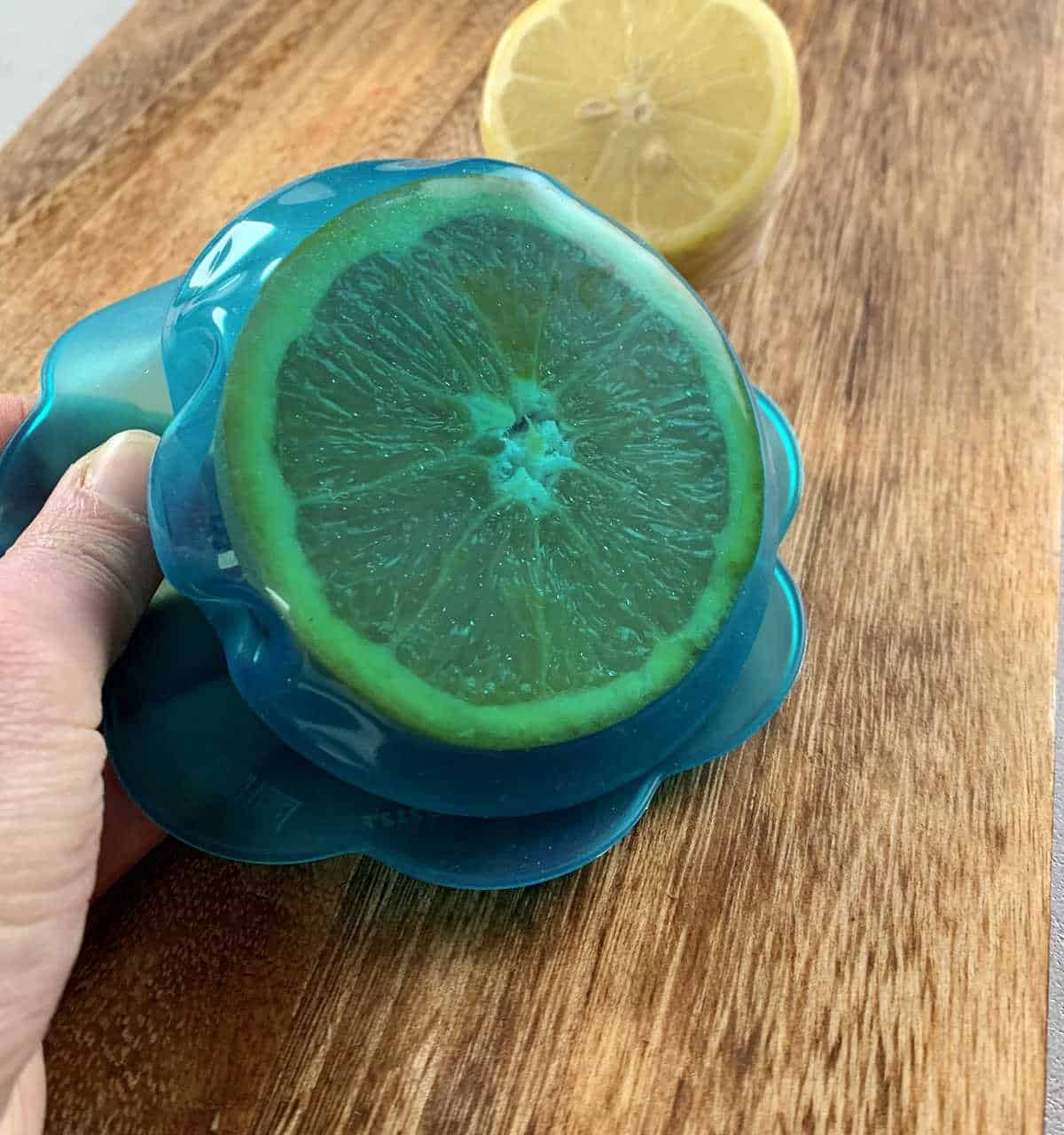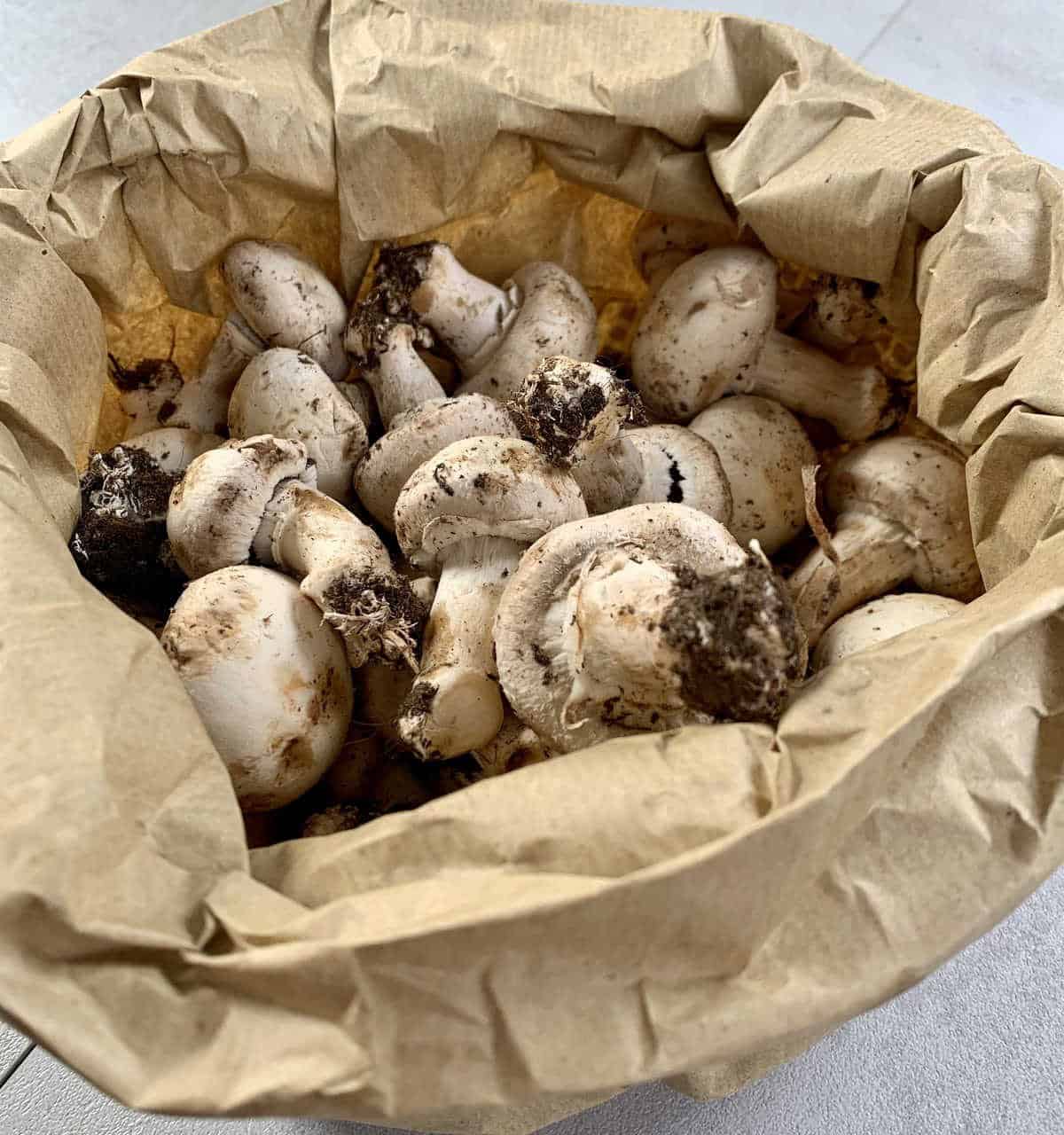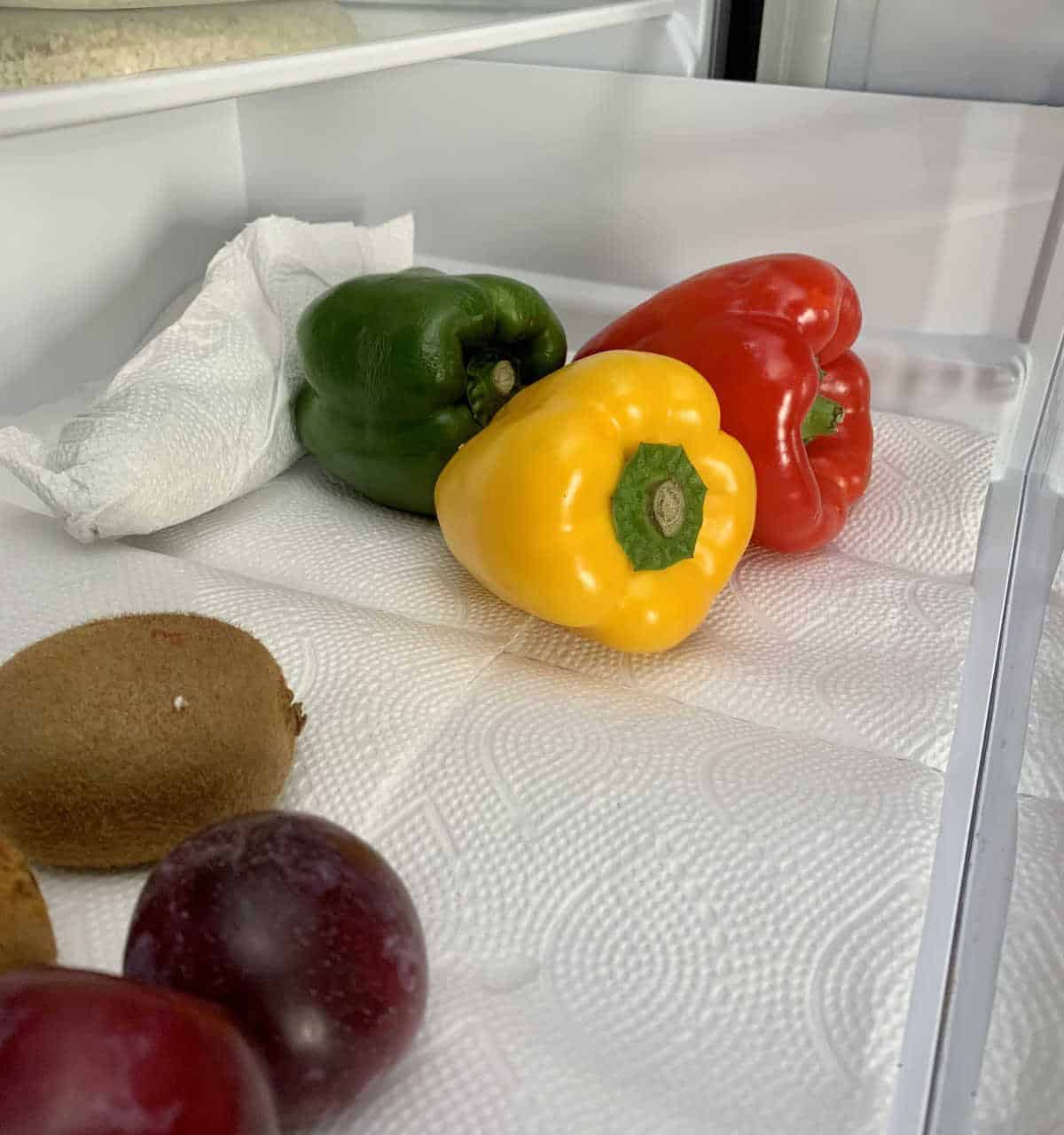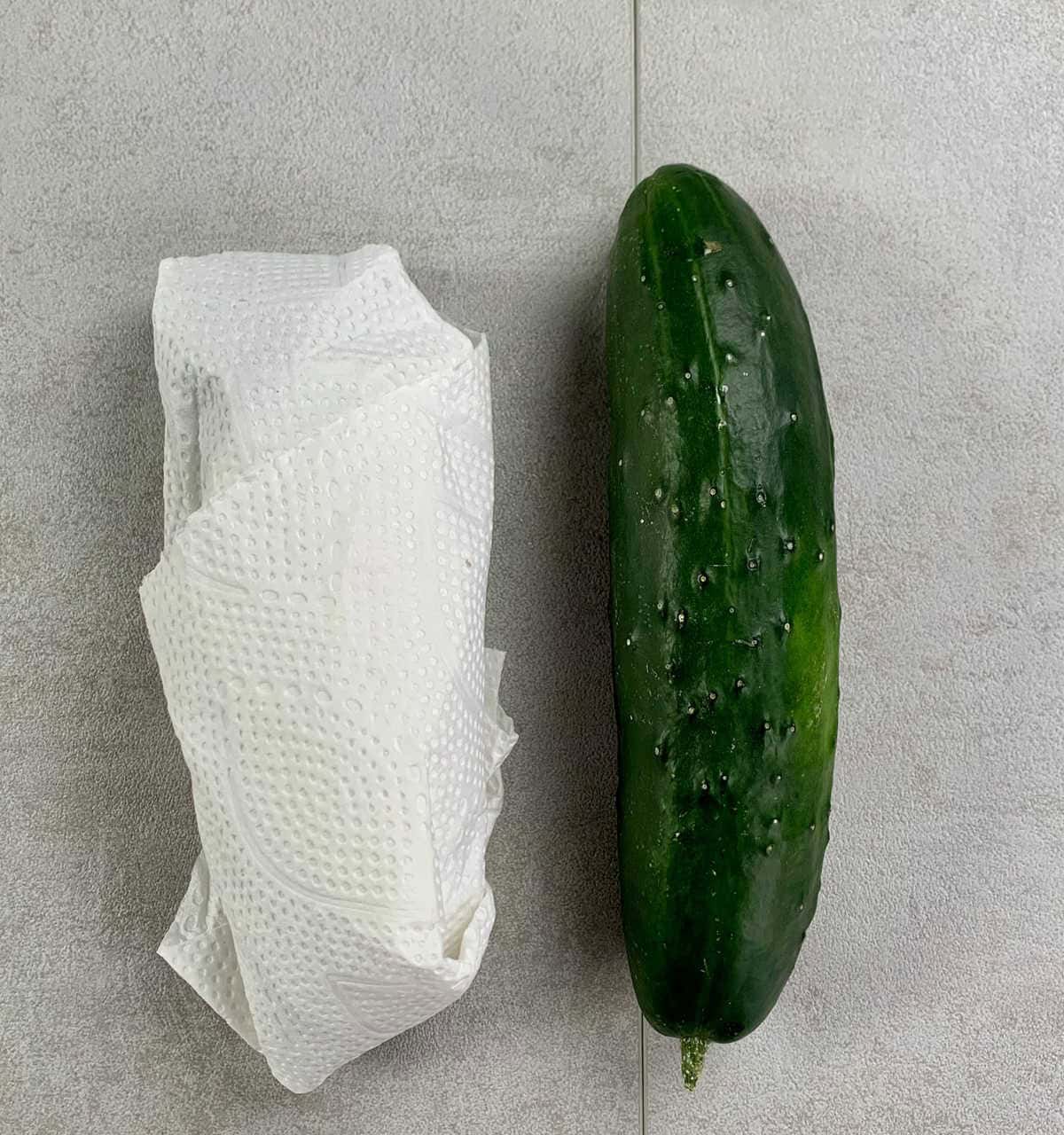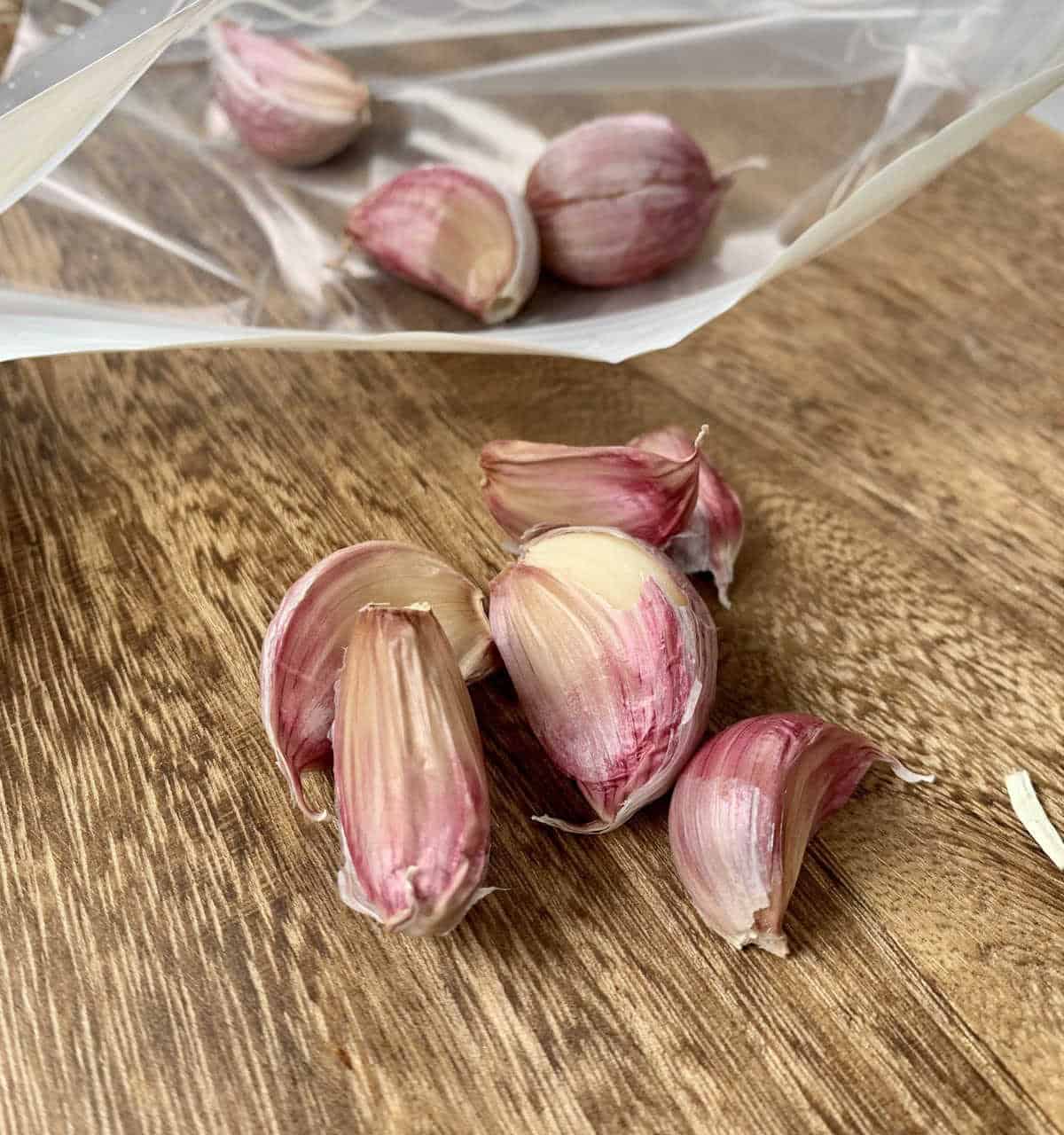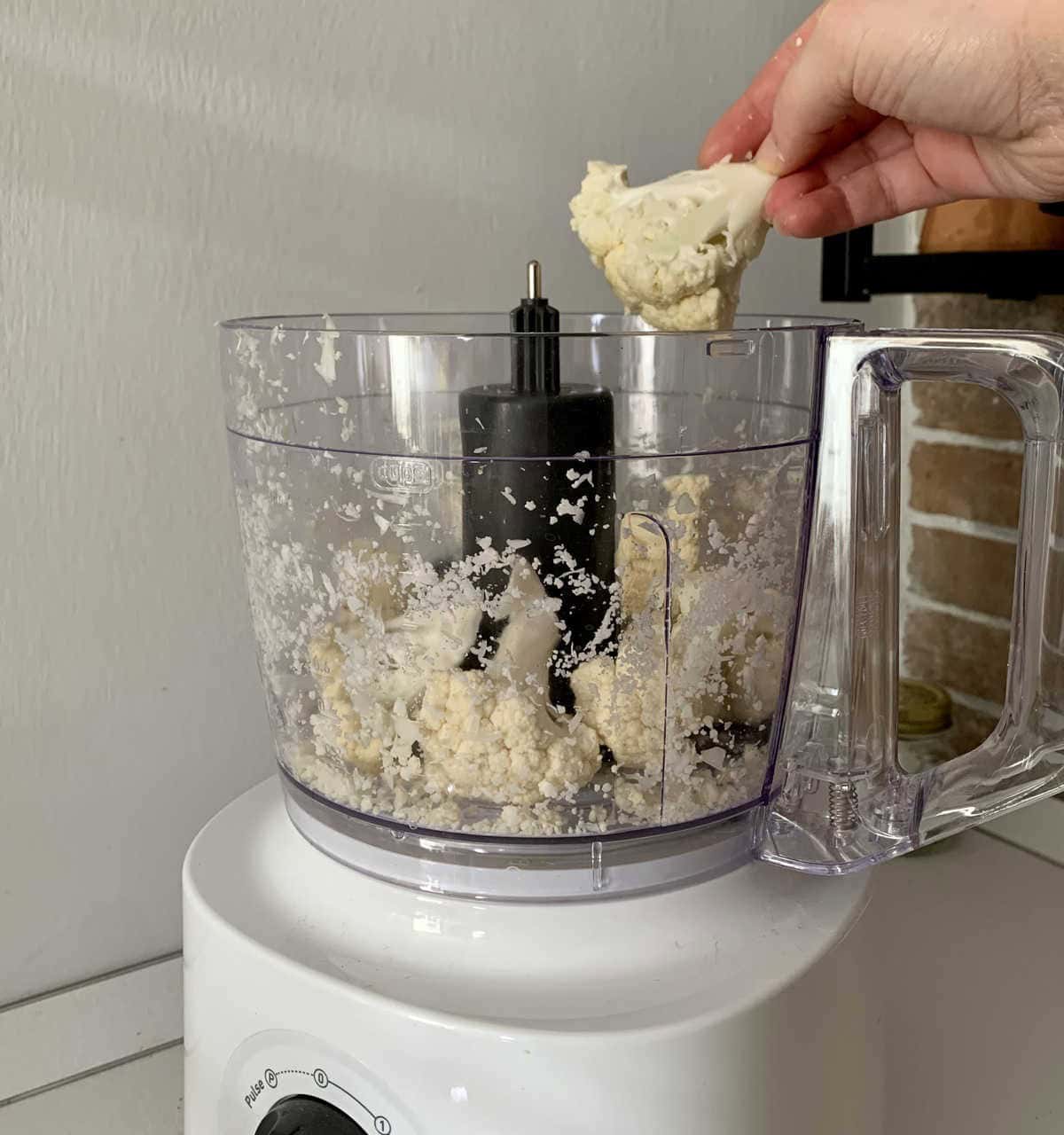Properly storing fruits and vegetables is crucial for maintaining their freshness, taste, and nutritional value. With a range of effective methods available, it’s surprising that many people struggle with produce going bad. The good news is that simple, low-cost solutions can make all the difference. In this post, we’ll explore 15 easy ways to store fruits and vegetables, requiring minimal preparation and no specialized kitchen gadgets.
Most importantly, these techniques are accessible to everyone, as they utilize items commonly found in most households. Whether you’re looking to reduce food waste or enjoy your produce for a longer period, these storage hacks will help you achieve your goals.
Store Onions Using a Pantyhose
Onions can remain fresh for an extended period when stored correctly. A peculiar yet effective approach is to utilize pantyhose. By placing onions at the foot of a clean pair, tying a knot between each one, and then hanging the stocking in a cool, dry location, you’ll be able to maintain optimal air circulation – a crucial factor in preventing mold and rot.
This innovative method not only preserves the onion’s freshness but also showcases a unique pantry organization technique that will surely spark your interest.
Keep Tomatoes on the Countertop
When it comes to storing tomatoes, it’s essential to avoid refrigeration, as this can lead to a significant loss of flavor and texture. A better approach is to keep them at room temperature on the countertop, allowing them to continue ripening naturally. In fact, tomatoes often reach their peak ripeness after being picked, so be sure to monitor their progress and use them when they’re at their best.
For added convenience, consider using containers designed for storing a variety of products, such as these ones, which can help keep your tomatoes fresh and organized.
Store Cut Fruits in an Airtight Container
When storing cut fruits like melons and pineapple, it’s essential to keep them in airtight containers within your fridge. This not only prevents spoilage but also maintains their freshness for an extended period. The airtight seal is particularly useful in blocking out odors from other foods in the refrigerator, ensuring that your fruit retains its natural flavor and aroma.
I’m particularly fond of using this type of container for my cut and sliced fruits, as it helps to keep them fresh and clean.
Store Fresh Juice in Glass Bottles
When preparing fresh juice, consider storing it in glass containers instead of plastic ones. Glass is inert by nature, meaning it won’t impart any unwanted flavors or aromas to your beverage. Additionally, it prevents oxidation from occurring, which can lead to spoilage and a decrease in the juice’s overall quality. As an added bonus, these bottles offer excellent value for their price.
Prevent Mould with Silicone Covers
To keep your fresh produce mold-free, consider using silicone covers. These innovative covers are designed to seal in the freshness of fruits and vegetables by preventing air and moisture from entering the cut surface. Simply place the cover over the cut end of the fruit or vegetable and store it in the fridge. This clever solution has become a trusted favorite among many, and for good reason – it’s incredibly effective at keeping mold at bay.
Wash Lettuce with Baking Soda
To maintain the freshness of lettuce, which can easily wilt and perish, consider implementing an innovative storage method: washing it with baking soda. This simple technique involves mixing one tablespoon of baking soda into a bowl of water, allowing the lettuce to soak for 15 minutes before thoroughly rinsing and drying it. Finally, store the lettuce in the refrigerator, where its prolonged freshness can be enjoyed.
Store Mushrooms in a Paper Bag
To ensure mushrooms remain fresh for a longer period, it’s essential to store them in a cool and dry environment. One effective method is to place them in a paper bag, which helps absorb excess moisture that can lead to spoilage. It’s crucial to avoid storing mushrooms in plastic containers as this can cause them to become slimy and develop an unpleasant texture.
By following these simple storage tips, you’ll be able to keep your mushrooms fresh for a longer duration, allowing you to enjoy their unique flavors and textures.
Make Carrots Crisp Again
To breathe new life into wilted carrots, try submerging them in an ice-water bath for several hours. This simple trick can work wonders in reviving their crunch and texture. For added benefits, consider adding a thin slice of potato to the water. The starchy potato will help absorb excess moisture, keeping your carrots fresh and crisp.
Line the Crisper Drawer with Paper Towel
To combat the buildup of excess moisture in the crisper drawer, a simple yet effective solution is to place a paper towel at the bottom. This humble tool absorbs any lingering humidity, safeguarding your fruits and vegetables from damage. By taking this precautionary measure, you’ll be able to maintain optimal freshness and extend the shelf life of your produce. For more ingenious ways to keep your fridge in top shape, explore our collection of helpful hacks.
Store Asparagus in a Jar with Water
For optimal freshness and crunchiness, store asparagus in a jar with about an inch of tap water at the bottom. Start by placing the asparagus stalks in the jar, then cover them with a clean plastic bag to create a humid microclimate. Finally, refrigerate the jar to keep the asparagus fresh for a longer period. This tried-and-true method is particularly well-suited for slender vegetables like asparagus.
Wash Blueberries with Water and Vinegar
To maintain the freshness of blueberries, it’s essential to store them correctly. One effective method is to wash them with a vinegar-based solution. Simply fill a bowl with water and add one tablespoon of vinegar. Submerge the blueberries in the mixture for several minutes before thoroughly rinsing and drying them. Once prepared, place the blueberries in an airtight container to preserve their flavor and texture.
Wrap Cucumbers in a Paper Towel
For optimal freshness, cucumbers can be stored in the fridge for up to a week. To maintain their crispness, simply wrap them in a paper towel before placing them in the refrigerator. This simple trick helps absorb excess moisture, which is a common culprit behind cucumbers’ spoilage and sliminess. It’s essential to swap out any damp paper towels with fresh ones to prolong your cucumber’s shelf life.
Keep Garlic Cloves in the Freezer
Garlic cloves are a staple ingredient in many cuisines, offering a range of flavors and uses. To keep them fresh for an extended period, consider storing them in the freezer. This cold environment slows down bacterial growth, which can cause garlic to spoil prematurely.
To store garlic cloves in the freezer, place them in an airtight container or freezer bag. The lack of moisture and controlled temperature will help preserve their flavor and aroma.
If you’re struggling to find space for your frozen garlic, be sure to check out some clever freezer storage hacks to optimize your kitchen’s storage capacity.
Store Chopped Veggies in an Airtight Container
Storing prepped ingredients, such as chopped veggies, can be a game-changer for meal prep enthusiasts. By keeping these ingredients in an airtight container, you can preserve freshness and prevent spoilage for several days. This convenience can significantly streamline your cooking routine, allowing you to focus on more pressing matters. When chopping veggies, it’s essential to consider the size of the pieces.
Processing produce into smaller, more manageable portions can be particularly effective at reducing water content and maintaining quality. Whether you choose to chop by hand or utilize a food processor, storing these ingredients in an airtight container ensures they remain fresh for a longer period, making meal prep a breeze.
Store Fennel Stalks and Bulbs Separately
Fennel, a vegetable renowned for its anise-like flavor, offers versatility in various dishes. Notably, proper storage is crucial to maintain its quality. When storing fennel, it’s essential to separate the stalks and bulbs, as their textures and shelf lives differ significantly. The stalks are prone to wilting, whereas the bulbs can last up to a week when properly stored.
To extend the life of both parts, store the stalks wrapped in a damp paper towel in the refrigerator, while the bulbs can be placed in a plastic bag in the crisper drawer. By separating these two components, you’ll enjoy an extended shelf life for your fennel.
